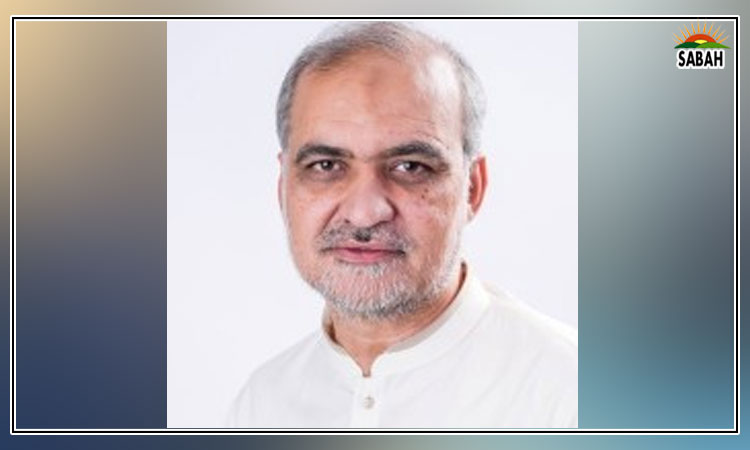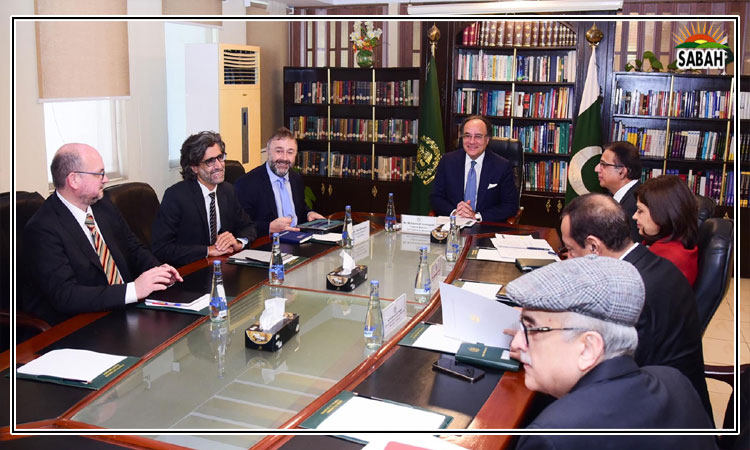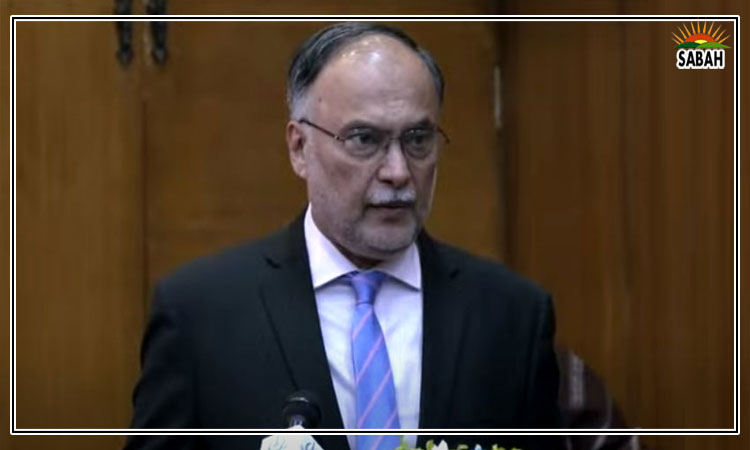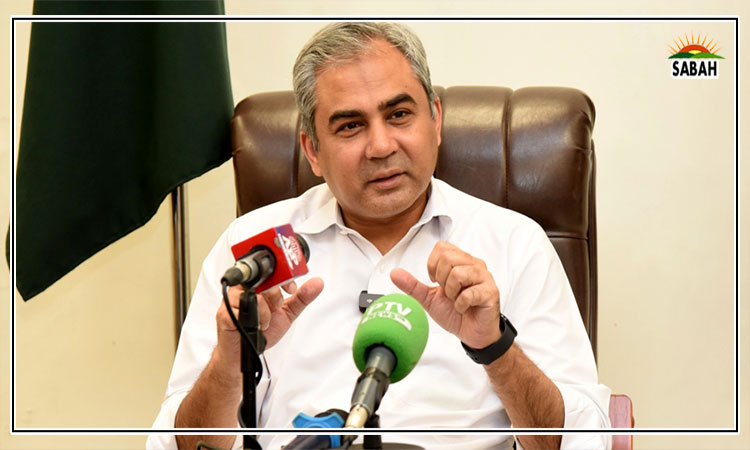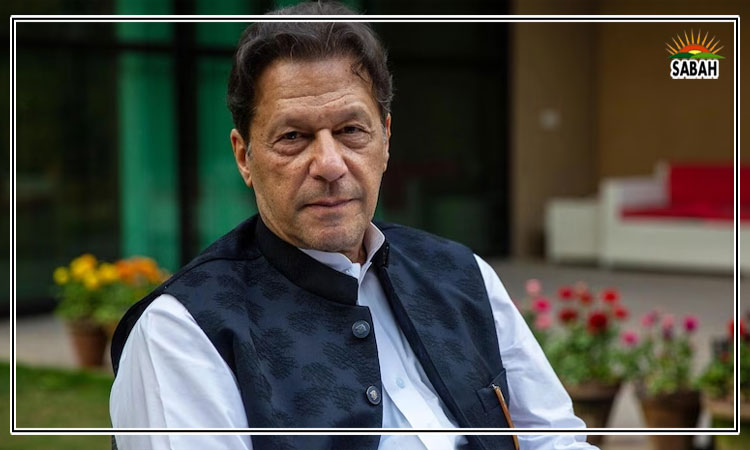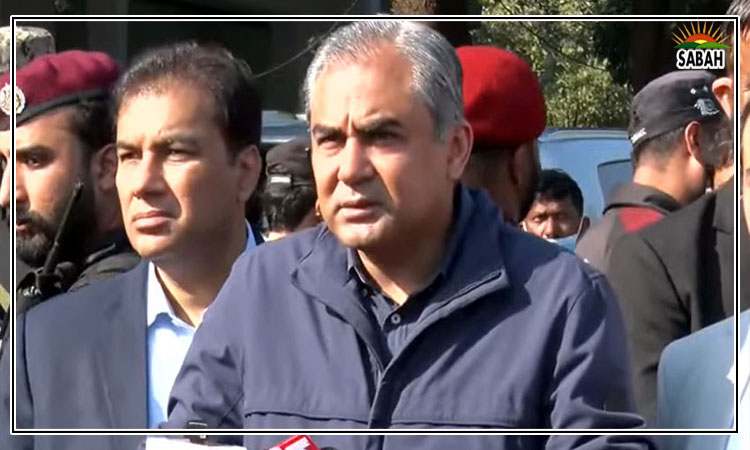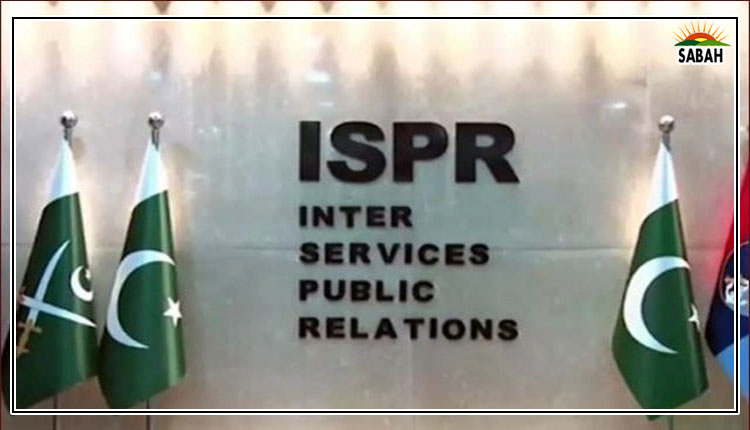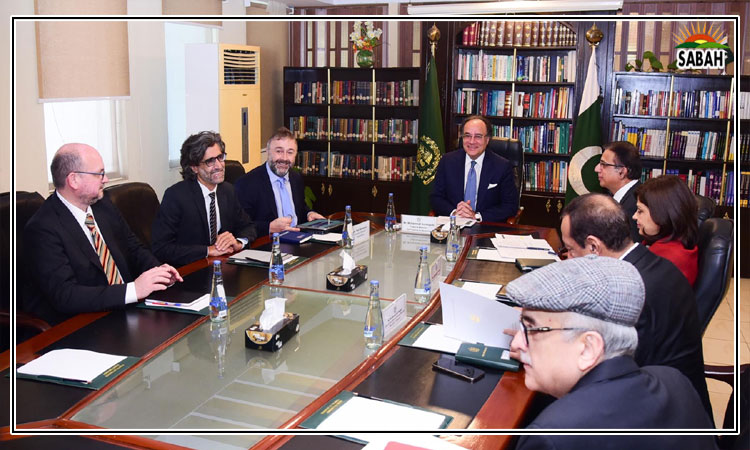Our climate journey in 16 months: Part – II…Sherry Rehman
As Pakistan continued reeling from the exogenous shock of accelerated climate impacts, it also became clear to many of us that global warming was not changing course. The year 2030 marked the dangerous as well as the decisive decade.
Pakistan was clearly located in an acute arc of vulnerability, with GHG emissions reaching record levels translating into unprecedented land and sea temperatures crossing the 1.5 C threshold set in Paris. Given that emissions were not going down globally, as committed at Paris in 2015, but quite the opposite, even a rough national stocktake suggested we shift gears. Mitigation plans for switching to renewable energy were important, as much for our own energy independence and reduction of imports but also for meeting our NDC commitments. Between the Ukraine war, which interrupted critical energy and food supply chains, and extreme climate emergencies the world over, it also became clear that an axial shift was needed to focus key resources on resilience.
Pakistan urgently needed a National Adaptation Plan, not to mention the governance tools needed to execute it at provincial and local levels. Why? Because if we cannot do anything about the era of global boiling as the UNSG called it after July of 2023, we can at least do all we can to be better prepared. This means a whole-of-country shift in inclusive, local-centric development planning, budgeting, building and conserving, where tools are fit-for-purpose, not one-size-fits-all. It means a strategic shift in how we think of urban growth and rural renewal, and especially how we manage the critical water-agri sector in climate governance models. It means far more coordinated, smarter disaster management and early risk warning investments. It means changing how we manage our hydromet sector, treat waste and sewage, manage our municipal services, mitigate for impacts on public health, women, labour and youth cohorts, invest in drought-resistant crops, and enlarge green spaces and urban forests within cities, not run bulldozers over every empty space.
NAPs should, like country projections, be home-grown. After six months of provincial consultations and many drafts later, I requested a development writer at the World Bank to help structure our knowledge document and pull it together by July 20, 2023. With a core team of six, we worked literally round the clock, often around my dining table on weekends, to get it done. It was passed by cabinet a week later. Its success depends entirely on the provinces, as they are the lead implementing departments. Our job was to work with key line ministries, provinces, Gilgit-Baltistan and Azad Jammu and Kashmir, and give them this document as a roadmap, which many developing countries have filed at the UNFCCC. Provinces can actually make their own adaptation plans out of this to make a real shift in adapting to an era of global burn.
While we were doing all this, we knew that at the same time Pakistan also needed a National Clean Air Policy. Lahore was choking on its smog every winter. Children were being held back from schools in November because the air was too toxic to breathe. Senior citizens were at risk. The NCAP identified key priority areas for national intervention and provincial action immediately for reducing the particulate matter and other toxins that are increasing the pollution levels of our cities. A Pakistan Cooling Action Plan has also been developed to reduce emissions from cooling products such as refrigerators and air conditioners. Provincial consultations are underway to identify targets and minimum energy performance standards.
Devolution dictates that each province act according to its own laws, so we hope air quality becomes a priority, both for measurement and for action.
For stopping the dumping of hazardous and other waste in our country and coastline, we presented and passed via cabinet a National Hazardous Waste Management Policy. Countries that had dumped over a 150 containers of mixed waste in our waters a few years ago can no longer do that without penalties invoked in coastal EPAs, and imports of waste for recycling and industrial purposes have to be certified by the provincial EPAs for genuine use, else we deny them the NOCs at the federal level. In a similar vein, the reduction of single-use plastics from markets has begun with the public sector, which for ICT means the federal government, extending then to prohibitions on plastic items which under extended user responsibility protocols, manufacturers have agreed to stop in ICT from August 1, 2023.
The battle against plastics is a long one, but the journey has to begin and go beyond polythene bags. Citizens need to be stakeholders, as no one can police climate change at the door-to-door level, but regulations lay a foundation. Our Urban Policy Framework still needs inputs from the provinces, as do many other plans, like the EV policy parked for incentive changes in the Finance Ministry.
The National REDD+ strategy, the upscaling of the Green Pakistan program had started earlier, like the finished NCCP document. I did not believe in tearing up any policy on the basis of partisan politics. The enhancement of forests, especially given the need to prevent deforestation, is also on the way. Reduction in emissions is a part of the large carbon sequestration projects already prioritized in our delta mangroves, where Sindh has taken a global lead in enhancing mangrove cover by 300 per cent from the 1990s. At the federal level, a comprehensive carbon trade framework is on the anvil, premised on a carbon registry being developed with support from the World Bank. Energy transition plans remain central to ambitious mitigation efforts, especially with a shift towards renewables, but financing remains a barrier to much of the change.
Lastly, but very importantly, we moved the Islamabad Nature Conservation and Wildlife Management bill through both houses of parliament to unanimous approval, so that boundaries to the green area called the Margalla Hills Wildlife Park are not further encroached, and the vital connection between biodiversity, environmental regeneration and climate change is reified and enhanced. Cities that leave their green areas to the mercy of developers are not cities of the future, and Islamabad deserves to keep its lungs
We also needed to create new rules for animal sanctuaries, define what constituted wildlife, and how animals cannot be treated like circus creatures to be paraded, caged, abused for human entertainment anymore. Zoos are increasingly frowned upon as places of unnatural habitat for many species, and we have many examples of exotic and non-indigenous species suffering cruel and indifferent treatment at the hands of local zoos, so all such facilities in Islamabad are now only reserved for the rehabilitation of animals found in illegal captivity for onward sanctuary.
We called a meeting of all provinces to advise, not direct, (as we cannot do that) them on how to revamp their own zoos according to more humane laws, allowing animals to live in their own ecosystem where they maintain natures balance better than humans. Zoning will help all of us stay in our own allocated habitats. Let us hope some of this thinking and planning devolves down to the local levels of Pakistan.
Much of what we did in 16 months is just a framework for intense time and resource investment planning for the next government. Pakistan needs to take the triple planetary crisis as seriously as a national security crisis.
Courtesy The News


